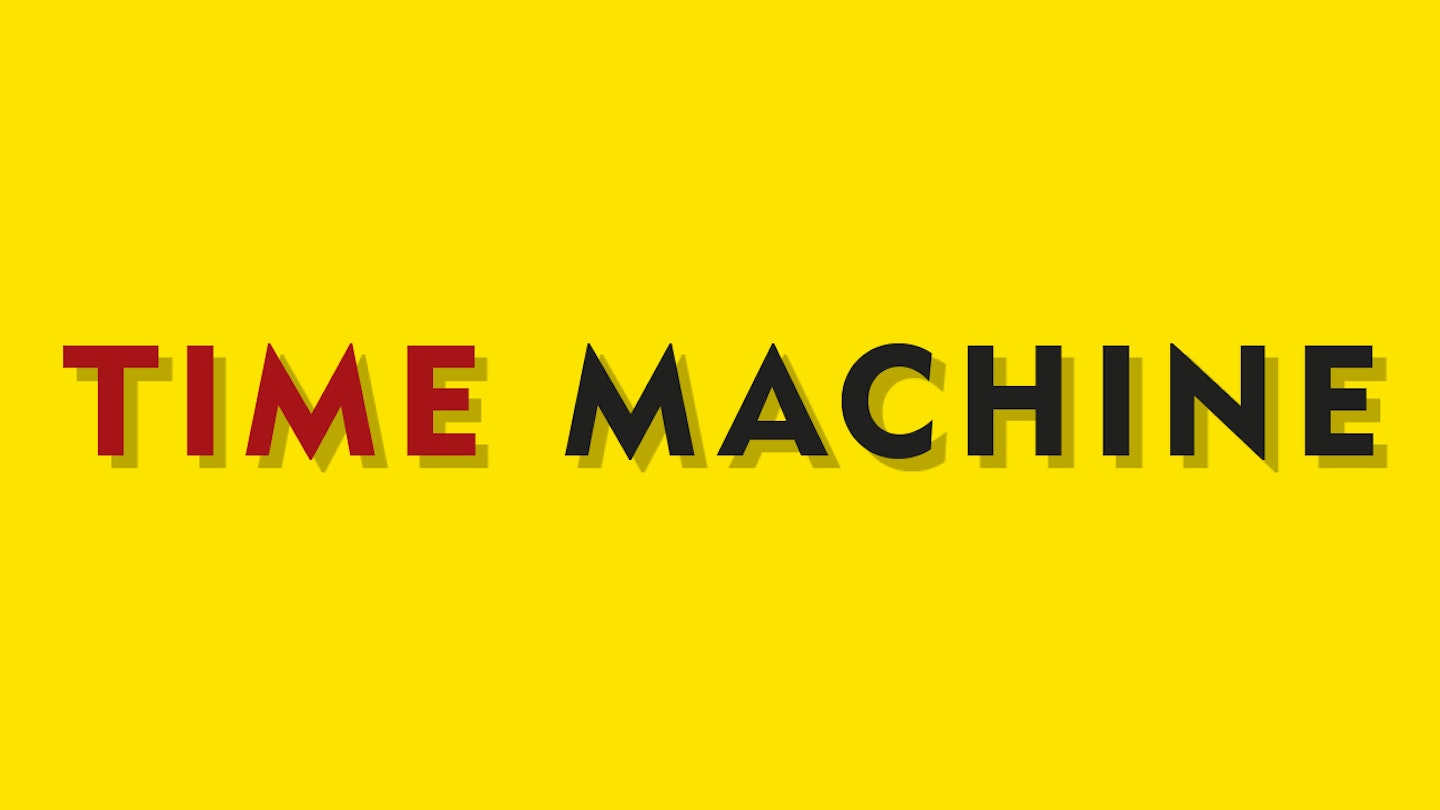19 January, 1980
Iain McNay, who, with Richard Jones co-founded the indie label Cherry Red in 1978, was in visionary mood. “Punk changed everything,” he recalled, contending that, prior to the punk breakthrough in 1976, the music business had become stagnant. ”The major companies controlled everything,“ he declared. Anything they didn't like and couldn’t control didn't get released.
Wanting to seize the initiative, he was the first to moot the idea of a chart devoted to records released on labels independent of the big operators.
An indie chart seemed a desirable answer to all ills. Cherry Red, along with fellow autonomous renegades like Rough Trade and Mute, were shifting quantities of records to which the majors wouldn’t give warehouse-room. And while some indie releases *were selling strongly enough to register in the higher echelons of the national charts, others were never going to figure in those mainstream listings. McNay duly got together with John Hayward, a journalist who worked for Record Business magazine and with considerable input from researcher Barry Lazell (and later, Alan Jones), the first indie charts appeared in Record Business on January 19, 1980.
Top of the singles heap was Spizz Energi’s Where’s Captain Kirk? A speedy piece of post-punk rock and roll, it found mainman Spizz, a refugee from art school, assuming the form of Star Trek’s commander of the Starship Enterprise. “By becoming him” he claimed: “I thought I could go kicking sand around in people’s faces.” A Rough Trade release, the single stayed on the charts for 50 weeks, though a proposed photoshoot in the company of William Shatner was nixed by CBS who had the rights to the Star Trek soundtrack album. ”They didn’t want some punks getting mileage out of their product,” it was reported.
Second was an unlikely inclusion in the otherwise Rough Trade-dominated rock chart: released on Middlesex’s Dingle’s Records, Daytrip To Bangor (Didn’t We Have A Lovely Time) was a jolly, kiss-me-quick item by Fiddler’s Dram, a folk group headed by bodhran-bashing Cathy Lesurf. Unlike Where’s Captain Kirk, it made it onto Top Of The Pops and reached number three on the national listings. In truth, the song was inspired by a day out in Rhyl. Renamed because the name Bangor scanned better, it caused a furore among Rhyl councillors who proclaimed that the use of their town's name would have done wonders for the local tourist trade.
And so the list went on: in third place was The Delta Five’s punk-funker Mind Your Own Business (Rough Trade) which asked, “do you want a taste of my ice cream?” and which eventually sold in excess of 15,000 copies. Alongside still-known quantities including Joy Division’s Transmission, Cabaret Voltaire’s Silent Command and Dead Kennedys’ California Uber Alles, there were other lesser-sung chart entries that nonetheless showed how lively the independent scene was. In at number 19, Nazis Against Fascism’s pogo-dancing Sid Did It (Stage 1) was co-written by poet Heathcote Williams and sung by Ben Brierley of The Vibrators; meanwhile, Burnley jokers Notsensibles’ number 16 seller I’m In Love With Margaret Thatcher (Redball) – whose b-side was called Gary Bushell’s Band Of The Week – was exhumed for the Meryl Streep-starring 2011 movie The Iron Lady.
In addition to the singles listing, Record Business also published the first indie album chart, one headed by Dirk Wears White Sox, the debut album by Adam And The Ants. Adam was perhaps best known at the time for an appearance in Derek Jarman’s movie, Jubilee. Informed by one-time manager Malcolm McLaren that Dirk was too esoteric and that he was going “the wrong way about things”, Adam was duly satisfied when his Do It label release lauded it over Joy Division’s Unknown Pleasures and Stiff Little Fingers’ Inflammable Material on that initial 1980 tally.
The Record Business indie chart eventually became the property of MIRB, suppliers of the “official” chart to the BBC. In 1997, Barry Lazell compiled Indie Hits 1980-1989, a complete rundown on what is now perceived as the indie chart’s golden era, before the majors caught on to the ploy of promoting certain new acts by means of independent distribution. “By 1993 the indie chart had become a farce,” recalled Ian McNay, “Many of the records in it had nothing to do with independent companies and had become meaningless.” It was so long to Crass, Small Wonder, Dining Out, Truth, Fast and many of the other bijou but fascinating labels that had decorated that first listing. But for a while, all things had seemed possible.
